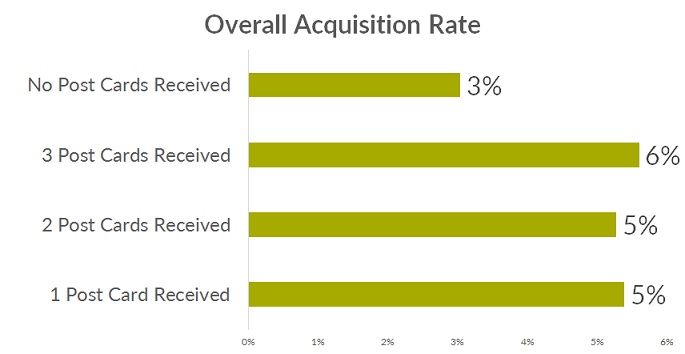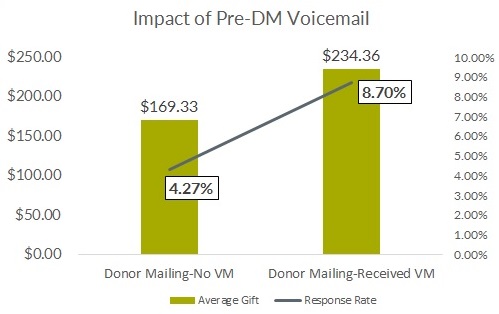fundraising
Are Your Fundraising Channels Deceiving You?
 Are your channels lying to you? Perhaps they are. If you only sent direct mail and never used another channel all year, then the channel and your results will be “truthful”. The second you add email, phone, crowdfunding, or social media to the mix, it becomes a lot more complicated and a little more deceptive.
Are your channels lying to you? Perhaps they are. If you only sent direct mail and never used another channel all year, then the channel and your results will be “truthful”. The second you add email, phone, crowdfunding, or social media to the mix, it becomes a lot more complicated and a little more deceptive.
For those who wonder how your channels can be deceptive, think about our tendency to look at how channels perform in a vacuum. It’s easy to praise or discount a channel based on percentages, averages, donors, dollars, but deep down we all know that channels don’t operate in a silo, even if that’s how we analyze the results.
If you are skeptical on how your channels might be influencing each other, take a look at the following scenarios from research we’ve conducted with our clients over the past 18 months.
Postcards Enhancing Acquisition Rates
On the surface, postcards don’t have a positive ROI, because it’s tough to measure direct mail results if there is no reply device. However, we know that postcards have the highest read rate (2015 DMA Statistical Fact Book) at 48% compared to other types of mail. So in FY15 we tested the impact that a series of engagement postcards sent to a subset of the young alumni population would have on the overall acquisition rate. We then tracked their likelihood to give based on the number of postcards they received.

The results speak for themselves with the engagement postcard series clearly successful in influencing the likelihood that these young alumni non-donors would make their first gift to the institution. In a vacuum, sending postcards makes no sense to annual giving programs that face budget constraints and are often forced to opt for solicitations versus engagement mailings.
Voicemail Then Mail
While everyone understands the impact a conversation can have on results without generating direct immediate revenue, we wanted to test how leaving an automated voice message coordinated with an upcoming direct mail campaign might influence results.

Despite a random split of the donors, the results surprised even us with a significantly higher response rate and average gift realized from those that received the pre-mailing voicemail. In a fast moving world full of “noise” from all industries, coordinated multichannel campaigns can pay short-term dividends.
New Analytics Paradigm
What does this mean for annual giving? It means that how we visualize and present our results has to evolve. It means a departure from only looking at channels in silos and a move toward looking holistically at the health of the annual giving program. Analyzing channel performance is still important to identify opportunities for growth and improvement, but before we can recommend strategic shifts in program, we should always spend time evaluating the influence each channel has on the other channels.
Remember that analyzing channel influence can be time consuming and might face some initial resistance, but your program’s increased performance and the enhanced constituent experience will make the long-term gain worth the short-term pain of ushering in this new era of annual giving analytics.